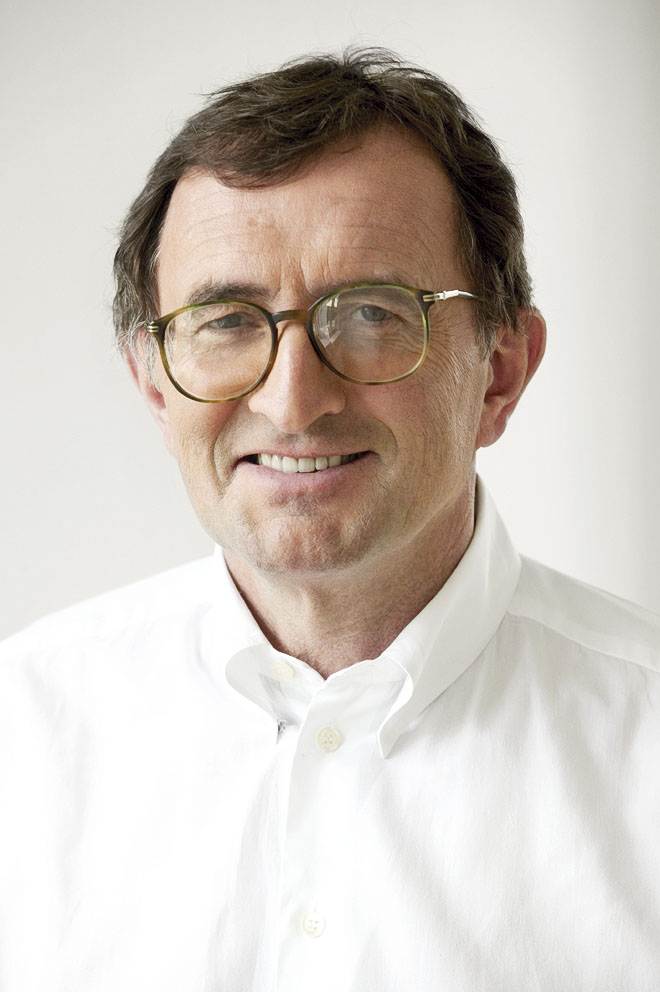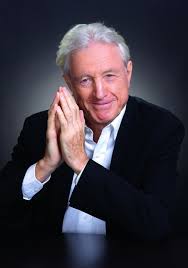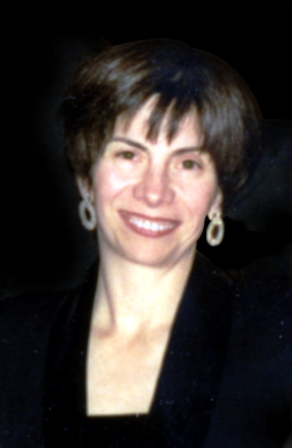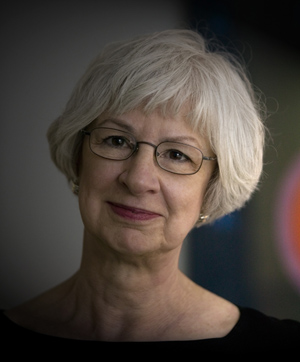Special Reports
Five Minutes, Five Questions with 3 Top Label Execs
 Is Recording an Industry in Transition or an Industry in Chaos?
Is Recording an Industry in Transition or an Industry in Chaos?



From performing to producing, manufacturing, distributing, marketing, earning revenue, and collecting residuals, every aspect of the recording chain has been turned on its ear. We were curious to see how label execs were meeting the challenges of an ever-evolving industry.We talked to René Goiffon, president of Harmonia Mundi, USA; Klaus Heymann, founder and CEO of Naxos; and Becky and Rob Starobin, president and vice president of Bridge Records. (Harmonia Mundi and Naxos also distribute other labels.)
How many recordings does the company issue per year?
René Goiffon: As a label we put out 40 to 50 new recordings a year, a third of them originating in the U.S. and two-thirds from the parent company in France. The number hasn’t changed much in recent years. The Harmonia Mundi catalog has about 1,000 titles available in CD, and 1,000 available only digitally.
Becky and Rob Starobin: We do 25 to 30 releases a year. Klaus Heymann: As a record label we issue about 300 new recordings a year. We distribute practically every independent label and now most major labels as well—probably between 200 and 300 labels physically. And then we run all these platforms like Naxos Music Library. That catalog has about 7,500 titles, including compilations of existing recordings, and between 5,000 and 6,000 unduplicated.
What is the percentage breakdown of sales between digital and CD?
Goiffon: We’re actually getting close to 50-50. I’m always surprised by how high, relatively, the ratio of digital is versus physical CDs. In Europe it’s still more physical than digital because they still have a lot of [retail] stores left. In a lot of places in the U.S., you can’t buy CDs in stores anymore, so you have go to online retailers like Amazon. That plays in favor of digital.
Starobin: We’re about 30 percent digital to 70 percent physical at this point. Digital has increased slightly, but [the ratio has] remained surprisingly steady. I was expecting digital to squish physical sales a lot faster.
Heymann: Digital is now more than 50 percent of total revenue and well above 70 percent of total profits. CD sales for our individual labels this year are probably down 10 to 15 percent. But overall, our business is up very strongly because we signed so many new labels. I think that trend will continue as other distributors fall by the wayside.
When did you start getting seriously into digital?
Starobin: In early 2000.
Heymann: We launched our streaming web site in 1996. We are at the forefront of this whole digital technology.
What are the best digital platforms for sales?
Goiffon: It’s very messy. Nobody really knows. We try to be everywhere—Pandora, Spotify, Amazon—and see what happens.
Starobin: iTunes is by far the biggest sales site. Others are starting to match it—particularly Amazon, and to a lesser extent Google, eMusic, Spotify—so the market is broadening.
Heymann: It is not the same in all markets. The U.S. is probably the most advanced in the diversity of digital revenue, whereas Norway and Sweden are farther along in digital than physical sales. In those territories, Spotify has changed the market, whereas in the U.S., Spotify is not really a big factor yet. We have to rely on YouTube, Pandora, Sirius XM, a little of Spotify. Online radio is now a big source of revenue and, of course, still iTunes.
Has social media altered your marketing strategies?
Goiffon: We are very active on Facebook and Twitter [but] it works best when everybody plays. Two or three years ago, it was the record company’s business to do press and promotion and the artist was being the artist. Now the artist needs to be much more involved, in social media and blogs. We need them more than ever.
Where do you think the recording industry will be in 10 years?
Goiffon: Right now, the situation is very confused and confusing. Everybody’s trying everything and a few are succeeding. I think the CD will still be around for the next five or 10 years. The big changes will be in streaming, which is a question for everybody. The record companies are unhappy because they get relatively little income from it. [Many artists are unhappy for the same reason. We can’t keep on with a model in which everybody loses money.
But let’s be optimistic. It can only get better. Streaming will settle down [and provide] record companies with serious money. And we are very pleased with high-definition-digital sales. At $25, everybody’s making more money than they ever were with CDs. At the end of the day, people need music and they’re willing to pay for it.
Starobin: There’s a generation growing up that is used to having access to the entire world’s music in the palm of their hands. I don’t see drastic changes; sound is still going to be sound. It’s just a question of whether it’s on a device or over the airwaves.
Heymann: Downloads are stagnant because there are so many ways to listen to music without having to buy it. And that basically is a life-threatening situation for the industry; it’s almost impossible now to recoup the investment on new recordings from CD sales and downloads.
Most people listen to classical music online, using some kind of streaming service. They can link their computers to their iPod systems; the sound quality will improve. Five years from now, I would say 50 percent would be streaming, 30 percent may be downloading, and the other 20 percent will be physical sales. Ten years from now the CD will be down to 10 percent, streaming probably 60 percent, downloads probably 30 percent.
We have to find a new business model; the present one does not work. Physical sales will continue to decline because there are no [brick-and-mortar] stores. More revenue will have to come from YouTube, Amazon, Google. It has to be at a high enough level to sustain a company.

Wynne Delacoma is a freelance arts writer, lecturer, and critic whose outlets include the Chicago Sun-Times, Chicago Classical Review, and Musical America. Classical music critic for the Chicago Sun-Times from 1991 to 2006, she has been an adjunct
faculty member at Columbia College Chicago and Northwestern University’s Medill School of Journalism.





 FEATURED JOBS
FEATURED JOBS

 RENT A PHOTO
RENT A PHOTO


